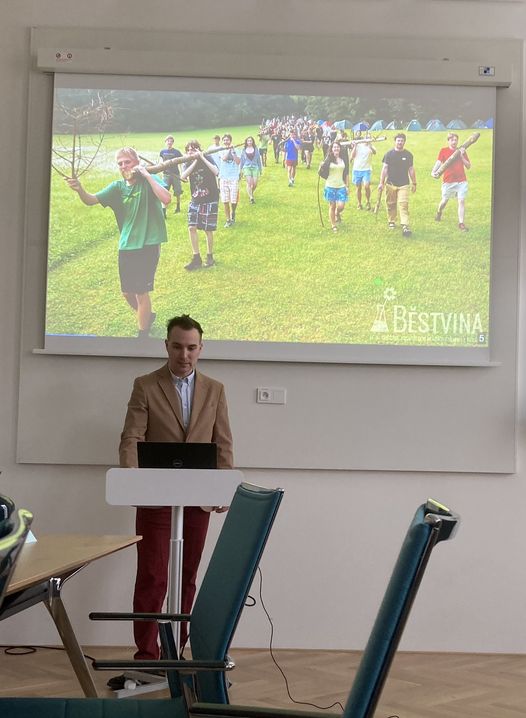Three epochs of nascent protein translocation through the ribosome exit tunnel
published 2024-04-20
Proteins and peptides are fundamental to life. In all organisms, these molecules are synthesized by the ribosome — a large ribonucleoprotein complex — in a process known as translation. During this process, the nascent protein remains tethered to the ribosome for a significant duration. In our new study, we conceptualize this phase of the protein's life by dividing it into three distinct epochs. These epochs are characterized based on the position of the nascent polypeptide's N-terminus within the ribosome exit tunnel and its relationship to the catalytic center.
A preprint is now available an arXiv.

Two preprints now out
published 2024-02-05
What a start of this year. We have just posted two new preprints. The first one comes from our lab and features Felipe's non-equilibrium molecular dynamics simulations of peptides in carbon nanotubes. We describe the differences between pulling a peptide through confined spaces and pushing it in the same direction.
The other preprint is the outcome of our collaboration with K. Hlouchová group and includes simulations done by Martin during his bachelor thesis preparation. We show that short peptides derived from ribosomal proteins stabilize ancestral fragment of ribosomal RNA. Hence, the pepetides may have played a major role in the times of the Earth, when chemistry turned to biology.
arXiv: FC Nepomuceno, MH Kolář, Sensitivity of peptide conformational dynamics in carbon nanotubes to directional mechanical forces.
bioRxiv: S Codispoti, T Yamaguchi, M Makarov, VG Giacobelli, M Mašek, MH Kolář, AC Sanchez Rocha, K Fujishima, G Zanchetta, K Hlouchová, The interplay between peptides and RNA is critical for protoribosome compartmentalization and stability.
Happy reading!

Happy new year
published 2024-01-07
As we bid farewell to 2023, we reflect on what we did right in our research group and what can be done better. Michal completed his habilitation and secured tenure, four students successfully defended their theses, some of them flew out of the nest to the non-academic (aka real) world, we strengthened collaborations with our wonderful colleagues and friends, and left a comprehensive review on ribosome simulations within the scientific landscape. Looking ahead to 2024, we are excited about prospects of moving to new offices and welcoming three new students to the group. We wish you a happy new year with a linocut featuring the tRNA–mRNA interaction. We remain dedicated to exploring these molecular relationships.
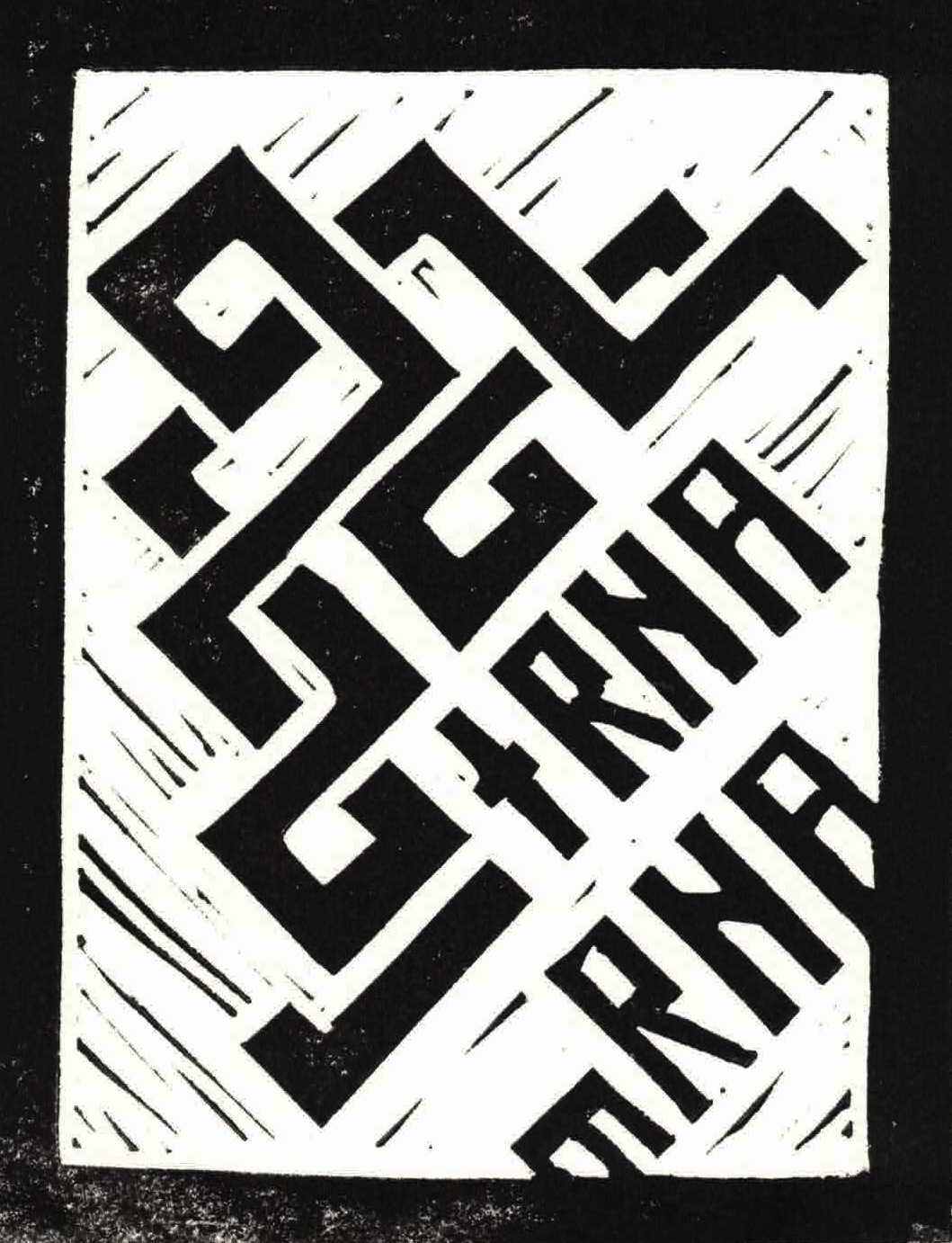
7th Meeting of IT4Innovations
published 2023-11-06
We participated in the annual conference of the Czech supercomputing center in Ostrava. Michaela presented a poster on MD simulations of the ribosome catalytic center, while Petr Ch. showcased his first conference and poster presentation on metadynamics simulations of a short peptide in a carbon nanotube. Additionally, Michal delivered a talk on MD simulations of ancestral ribosomes, our contribution to a pleasing collaboration with Klára Hlouchová's lab at Charles University. A lot of discussions and new insights. The two days in Ostrava were well spent.
The slides of Michal's talk are available on GitHub.
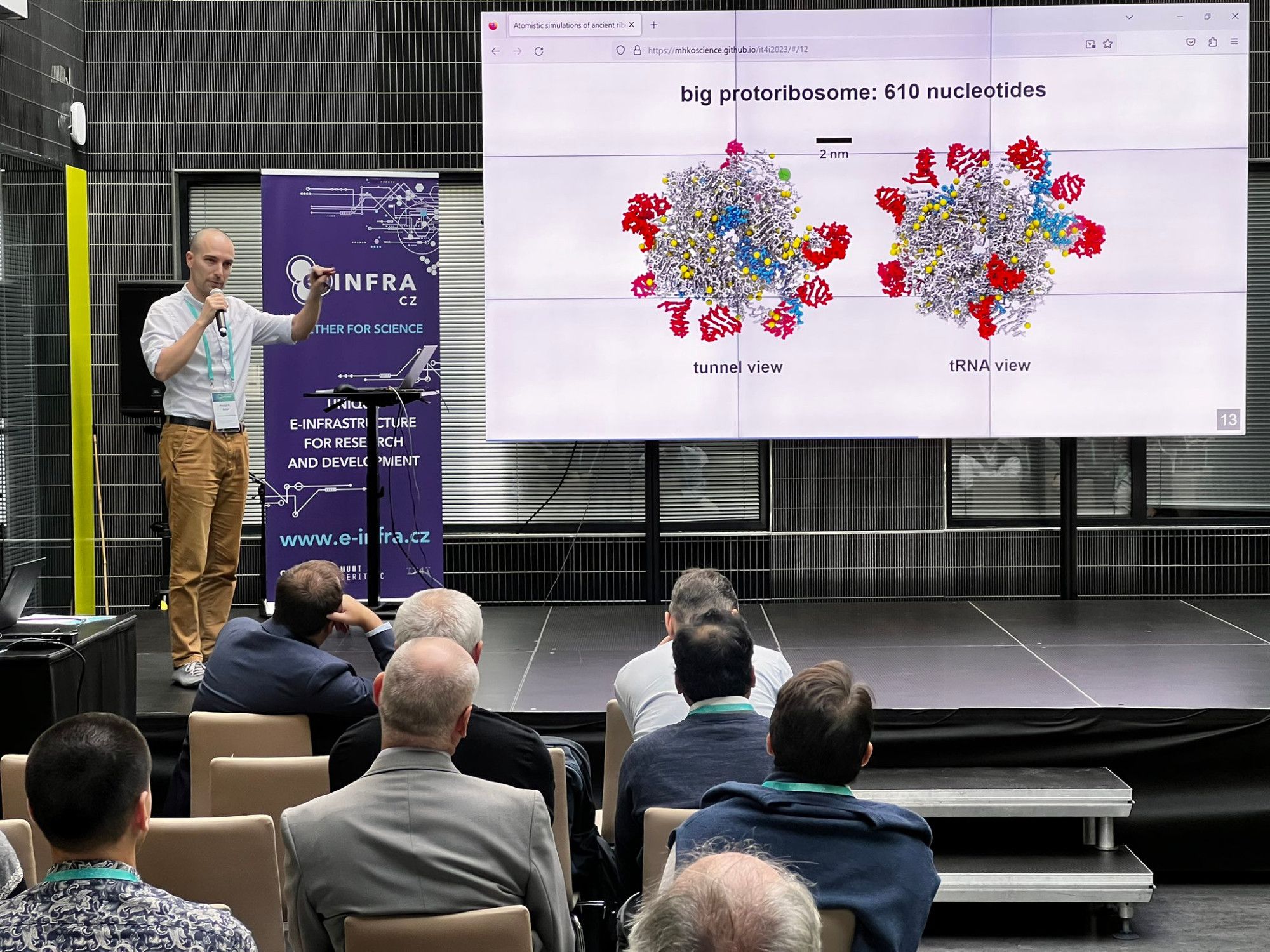
RNA Club in Olšina
published 2023-10-30
We spent a couple of wonderful days at the Olšina resort, aka "Your entrance gate to Šumava mountains". The venue played host of this year's RNA Club organized by the folks from the University of South Bohemia. Michal gave a keynote talk on ribosome simulations (thanks for the invitation!), and Aneta, Joe, and Martin presented their work with posters. We enjoyed a relaxed atmosphere and discussions, and plenty of great food. The weather was totally Šumava-esque – rain and chill all the way. Good times!
The slides of Michal's talk are available on GitHub.
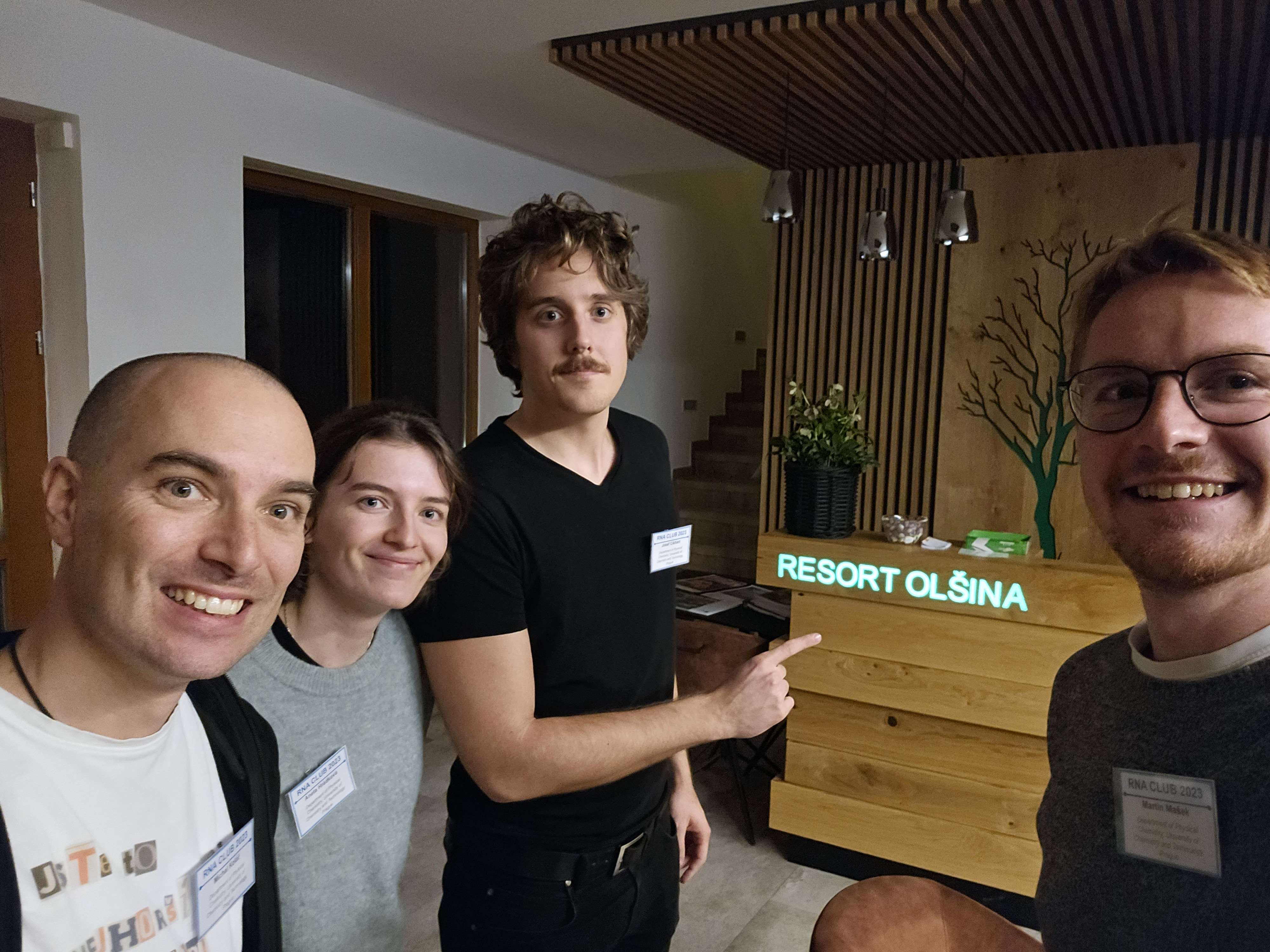
Michal invited to SITOLA seminar
published 2023-09-16
SITOLA is a laboratory located at the intersection of the Faculty of Informatics and the Institute of Computer Science at Masaryk University, Brno. Annualy, they have a get-together called SitSem (SITOLA seminar), which takes place at the University Center in Telč. In the historical city center protected as the UNESCO World Heritage Site, the lab folks meet and chat about all the stuff happening in their field. Every year, they invite some speakers who bring fresh ideas, not just from the lab's usual topics. This year, they had Michal, who talked about Exploring Biomolecular Dynamics Using Large-Scale Computer Simulations. It was awesome!
The slides of Michal's talk are available on GitHub.
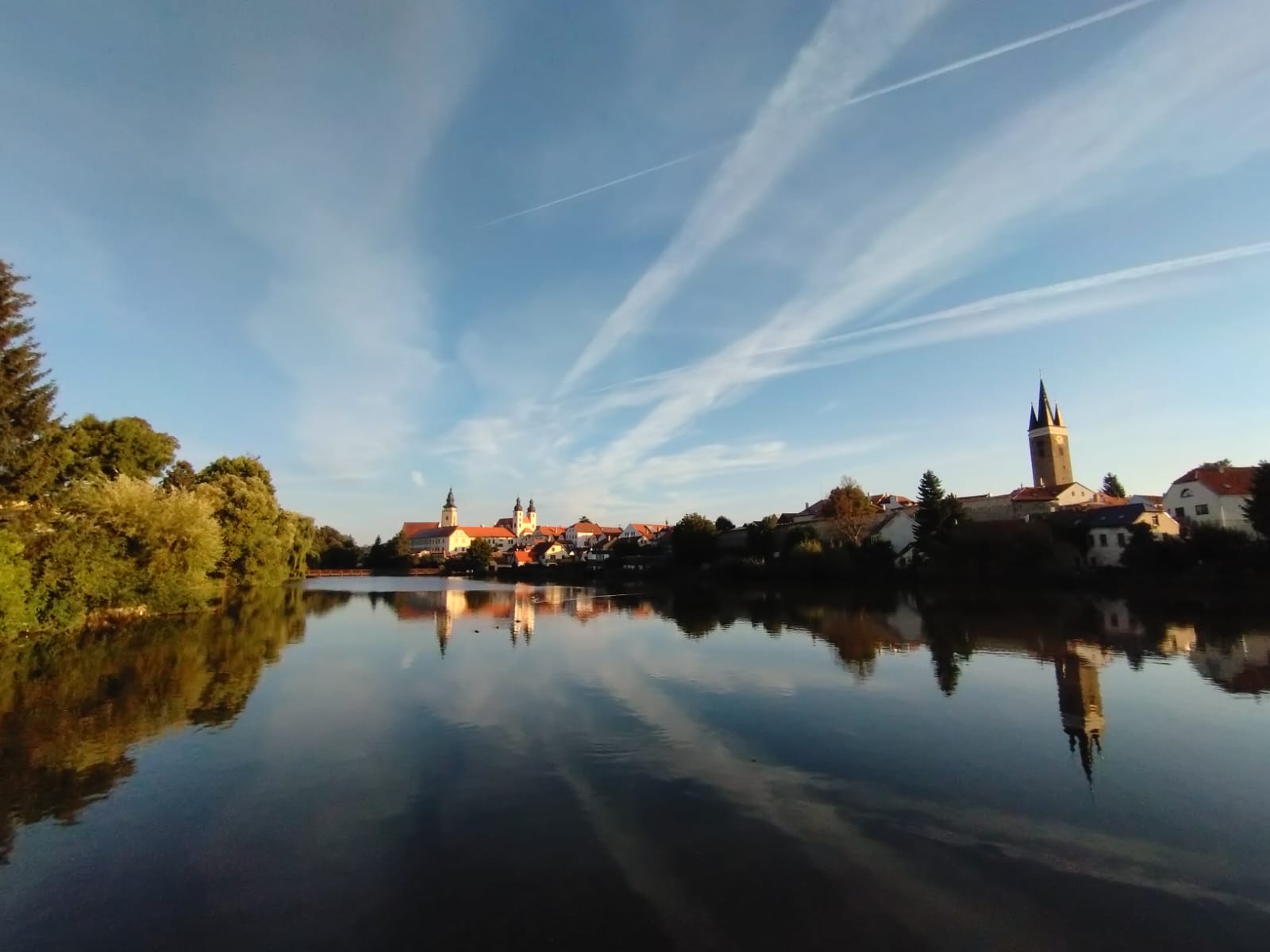
New engineers of the group
published 2023-09-03
Four students have recently successfully defended their theses. We are delighted to see the group fully engaged in mentoring and guiding students across all levels of higher education.
Before the summer holidays started, Martin Mašek completed his bachelor's studies in the Physical and Computational Chemistry program with a thesis focused on ancient ribosomes. Hugo McGrath excelled by defending his thesis, which delved into classification algorithms and their applications in biomolecular allostery studies as part of the Data Engineering program. Furthermore, Joe Cikhart accomplished his diploma thesis in the Physical Chemistry program, exploring peptides in non-aqueous solvents. Most recently, Aneta Leskourová defended her thesis centered around coarse-grained simulations of ribosomes. Congratulations to all to them on their achievements. We are proud of you!
A review about ribosome simulations
published 2023-07-20
We are happy to announce that the review article we collaborated on with our colleagues and friends from Goettingen, Germany has recently been published in the Annual Reviews of Biophysics. This comprehensive piece summarizes the role of large-scale computer simulations in the study of the ribosome. We particularly focused on elucidating how molecular dynamics simulations can enhance experimental techniques, shedding light on the functional aspects of biomolecules.
Please read, enjoy and cite.
Reference: Bock LV, Gabrielli S, Kolar MH, Grubmüller H. Simulation of Complex Biomolecular Systems: The Ribosome Challenge. Annual Reviews (2023) 52, 15.1-15.30.
Full text: https://www.mpinat.mpg.de/4371361/Bock_2023_AR.pdf
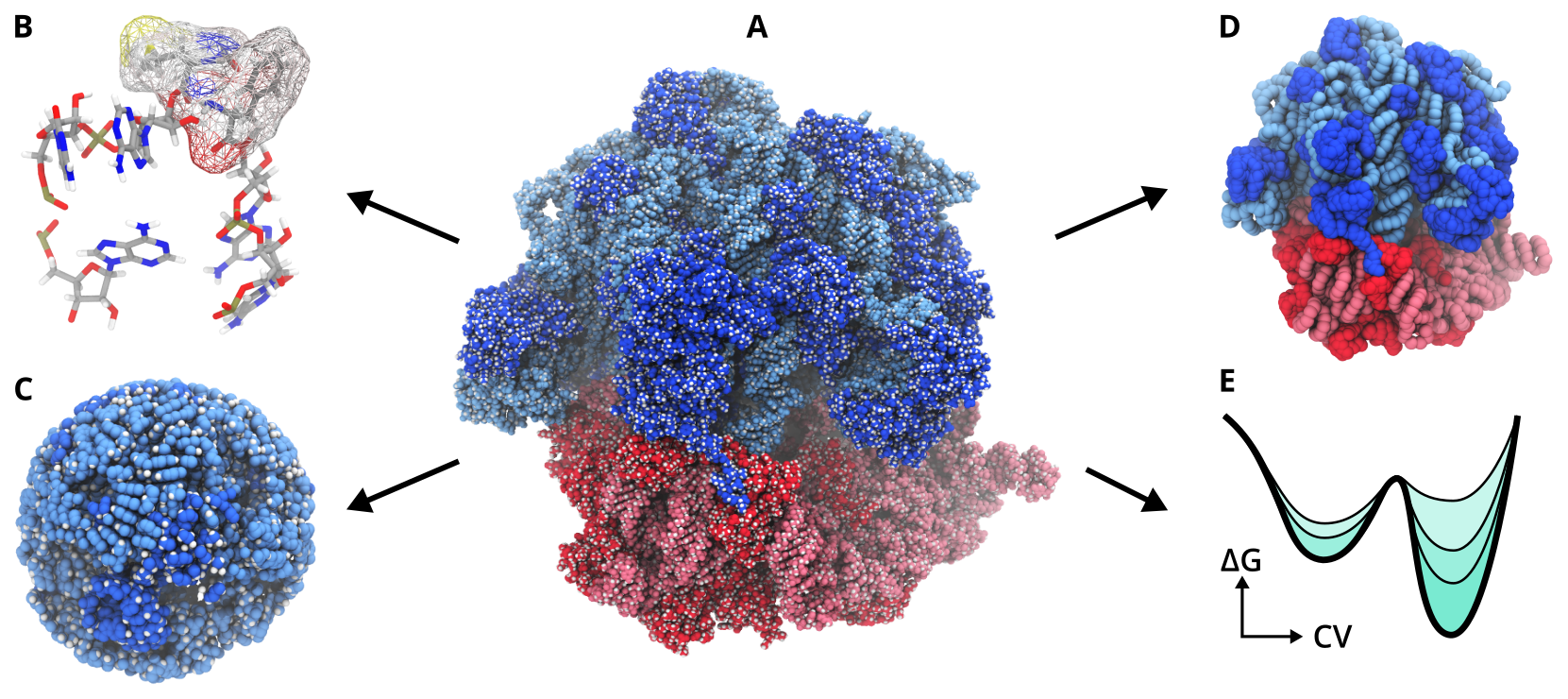
Jirka Kubíček's success
published 2023-07-10
From June 16th to 18th, 2023, the 45th National Exhibition of Student Professional Activities (aka SOČ) took place in Plzeň. Jiří Kubíček, a student from Gymnázium Nad Kavalírkou in Prague, working in our group, placed 4th in the Chemistry section with a project titled "Investigation of the Helicity of C-Terminal Fragments of Peptide Deformylases." Congratulations!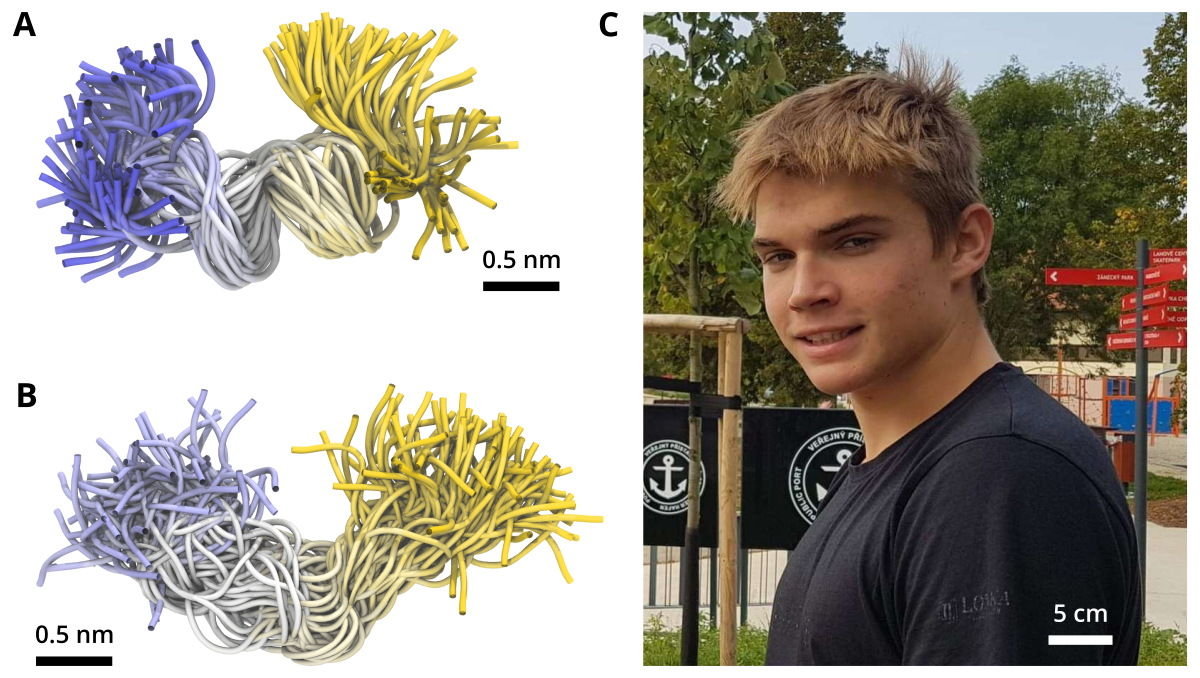
Michal completed his habilitation
published 2023-04-21
We are delighted to announce that Michal has completed his habilitation and soon will be awarded the docent degree. This is an equivalent of promoting Michal to the associated professor level. In the absence of tenure track system in Czech academia, habilitation represents a natural step on the academic carreer ladder. Below is the only photograph taken during the habilitation thesis defense. On the example of carrying coal to Newcastle (in Czech literaly "carying firewood to the forest") Michal explains his teaching contribution during the Běstvina summer schools. Photo courtesy of P. Slavíček.

